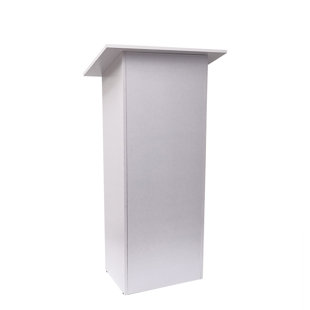
The best natural cleaning products are made from ingredients that you probably have in your home, making them easy to whip up and inexpensive. They clean better than most chemical-based cleaning products, and are safer for you, your family and the planet.
Knowing what's in your cleaning products is the first step to finding the best. You can check the label to verify that all ingredients are listed. If they aren't, you can find other alternatives that are more environmentally friendly.
Check the label to make sure they are "EPA Safer Choice Certified," which means that they contain fewer harmful chemicals than traditional cleaning products. This is important to consider if you or someone else in your household has allergies or asthma.

Another way to avoid toxins is to buy products that are packaged in reusable containers. These products can end up in trash which is a major problem for the planet.
Natural cleaning brands are available in refillable and recyclable bottles. There are also products that can be biodegradable. This is a great way for you to reduce plastic waste. Some even come in multi-surface cleaners that don't require you to use different products for your bathroom, kitchen, and tiles.
Lastly, you want to look for a product that's cruelty-free or not tested on animals. This will ensure that there are no harmful chemicals within the product and also indicates that the company is committed towards sustainability.
These cleaning hacks are not new, but they are becoming more popular as more people become aware of the dangers of toxic chemical and the environment. They are inexpensive and easy to make. You can use them for everything from cleaning windows and glass to washing laundry and general cleaning.

The most common toxic chemicals found in traditional cleaning products include phthalates, formaldehyde, and a range of other carcinogens. These chemicals can cause a wide range of health problems, including cancer, reproductive disorders, and respiratory ailments. They can also cause allergic reactions and skin irritation, which can negatively impact indoor air quality.